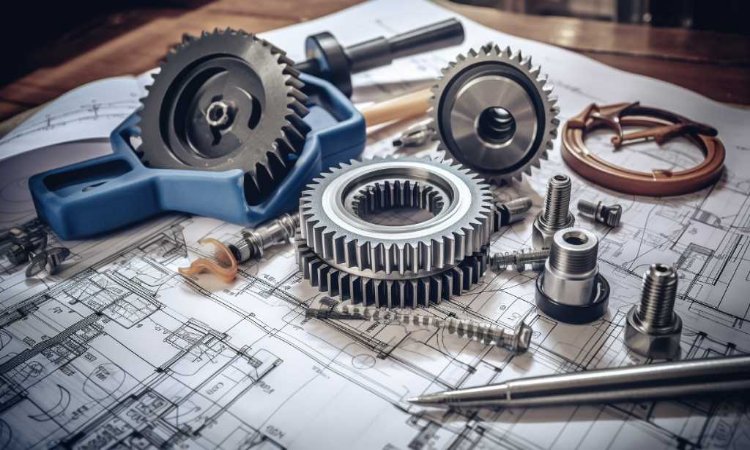Building the necessary backbone of modern society, our infrastructure, in a way that’s actually sustainable is a huge, critical challenge today. Engineers can’t just focus on making things work; they have to create systems that are good for the planet, smart about money, and fair to people. The good news is, we can achieve this by simply blending the timeless rules of basic engineering with a commitment to sustainability at every single step.
Simple Rules for a Sustainable Build
1. Be Obsessed with Efficiency
The first rule in the engineering playbook is efficiency. When we talk about sustainable infrastructure, this means minimizing how much energy, water, and raw materials we use. When engineers design projects that need less and create less waste, they immediately shrink the project’s long-term environmental footprint. Choose partners like Ingenero where efficiency isn’t just about cutting costs; it’s about building something that truly lasts.
2. Make Renewable Energy Your Default
The energy we choose defines our sustainability. It’s time to shift away from fossil fuels and make solar, wind, and other renewable sources the main foundation of every infrastructure plan. This ties right back to basic engineering’s core concept of balancing supply and demand. By building renewables in, projects immediately cut emissions and make the whole system tougher and more stable as global energy markets change.
3. Cut Waste and Choose Smarter Materials
Waste reduction is less of an environmental ideal and more of a practical design problem. When we reuse and recycle materials both during construction and while the system is running, we save money and crush those sustainability targets. Choosing materials smartly, like using recycled steel, low-carbon concrete, or anything locally sourced, slashes environmental impact and even gives a boost to local economies. It’s classic engineering problem-solving, but with a responsible twist.
4. Design With Nature, Not Against It
Sustainable infrastructure doesn’t get built in a bubble. It has to respect and protect the natural world it touches. This means designing thoughtfully to save biodiversity and minimize harm to ecosystems. For example, creating stormwater systems that mimic natural water cycles not only reduces the risk of flooding but also helps maintain local water tables. That’s engineering working hand-in-hand with nature for long-term survival.
5. Think Long-Term: The Lifecycle View
A truly sustainable project looks far beyond its opening day. This lifecycle perspective factors in everything: where the raw materials came from, how it operates day-to-day, and what happens when it’s eventually retired or reused. Durability and resilience are non-negotiable; infrastructure must be able to withstand everything from natural disasters to the effects of climate change. This focus on performance and reliability is pure, foundational engineering.
6. Make It Socially Fair
Infrastructure isn’t just about the environment; it’s about people. Projects must serve communities well, which means reflecting their specific needs and bringing them into the decision-making process. Talking to stakeholders isn’t optional anymore; it’s necessary to ensure the infrastructure is socially equitable and has wide public support. Our focus at Ingenero on combining technical smarts with community collaboration shows how engineering and engagement drive shared sustainability goals.
Sustainable infrastructure demands we get creative. Engineers must design systems that work together seamlessly, like an energy network that feeds the water treatment plant, or buildings that naturally cool themselves to cut energy bills. Innovation here isn’t about throwing out basic engineering; it’s about using those strong foundations to build smarter, more flexible solutions.
The future of infrastructure rests on applying our core engineering knowledge with sustainability as the absolute primary goal. By focusing on efficiency, clean energy, minimizing waste, thinking long-term, and being socially responsible, engineers can deliver projects that are not only functional but also resilient and fair.





